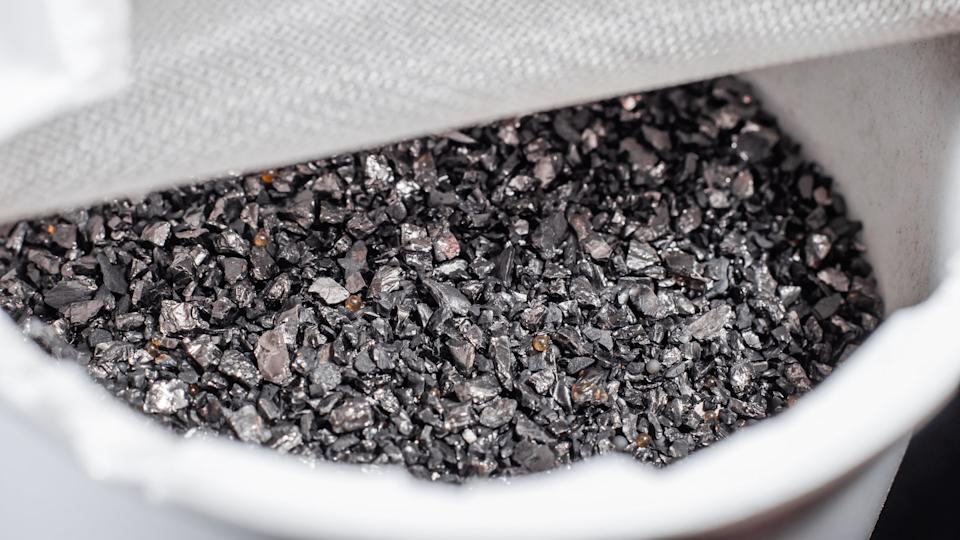A team of researchers from the University of Missouri may have cracked the code on “forever chemicals” using a surprisingly common household material to remove PFAS from drinking water.
According to the National Institute of Environmental Health Sciences, per- and polyfluoroalkyl substances are synthetic chemicals used to manufacture everyday products from cosmetics and clothes to nonstick cookware and food packaging.
These substances have made their way into the environment and even the human body. Per the Environmental Protection Agency, PFAS can be found in food and drinking water. Because PFAS are so widespread, people are commonly exposed to these chemicals through contaminated food, drinking water, and everyday products.
The researchers reported that peer-reviewed studies show that exposure to PFAS could lead to health risks, including delayed development in children, decreased fertility, and cancer. On top of that, PFAS and can take anywhere from hundreds to thousands of years to break down.
Professor Feng “Frank” Xiao, an associate professor in the College of Engineering, and his team found a simple solution to this problem by heating the PFAS with common granular activated carbon, a material found in household aquariums and water filters.
In their study, they heated the PFAS with common GAC at 572 degrees Fahrenheit (300 degrees Celsius) and achieved 90% mineralization of the PFAS, successfully degrading the chemicals into harmless, inorganic fluorine.
Watch now: How bad is a gas stove for your home’s indoor air quality?
“Once GAC is involved, the thermal degradation of PFAS occurs much faster, and the mineralization is more intense,” Xiao said.
GAC is made from heated carbon-rich materials such as coal and wood and is commonly used to filter harmful chemicals from contaminated air and water. It’s an effective and affordable material and can be bought online for a few dollars per pound.
“It’s not an expensive process compared to reverse osmosis, and it can be done at local scale with a regular furnace,” Xiao explained.
Scientists have spent about a decade searching for ways to remove PFAS from the environment or break them down into harmless compounds. Xiao’s discovery offers a cost-effective and sustainable way to degrade PFAS into harmless fluorine, especially since GAC is affordable and reusable.
|
How often do you worry about the quality of your drinking water? Click your choice to see results and speak your mind. |
According to Xiao, the real-world application of his team’s discovery is that now there is an efficient and effective way to filter forever chemicals and other contaminants from the water that people drink. “This is the technology we need,” he said.
The best thing individuals can do about forever chemicals is upgrade their cookware and choose plastic-free options for everyday products. Nonstick cookware and everyday products are often made with PFAS, so going plastic-free and switching to nonstick cookware alternatives such as cast iron reduces exposure to them.
While this filtration method is still under laboratory testing, the breakthrough marks a hopeful step toward cleaner, safer water for all — and a future less marred by forever chemicals.
Join our free newsletter for weekly updates on the latest innovations improving our lives and shaping our future, and don’t miss this cool list of easy ways to help yourself while helping the planet.
Yahoo News – Latest News & Headlines
Read the full article .


